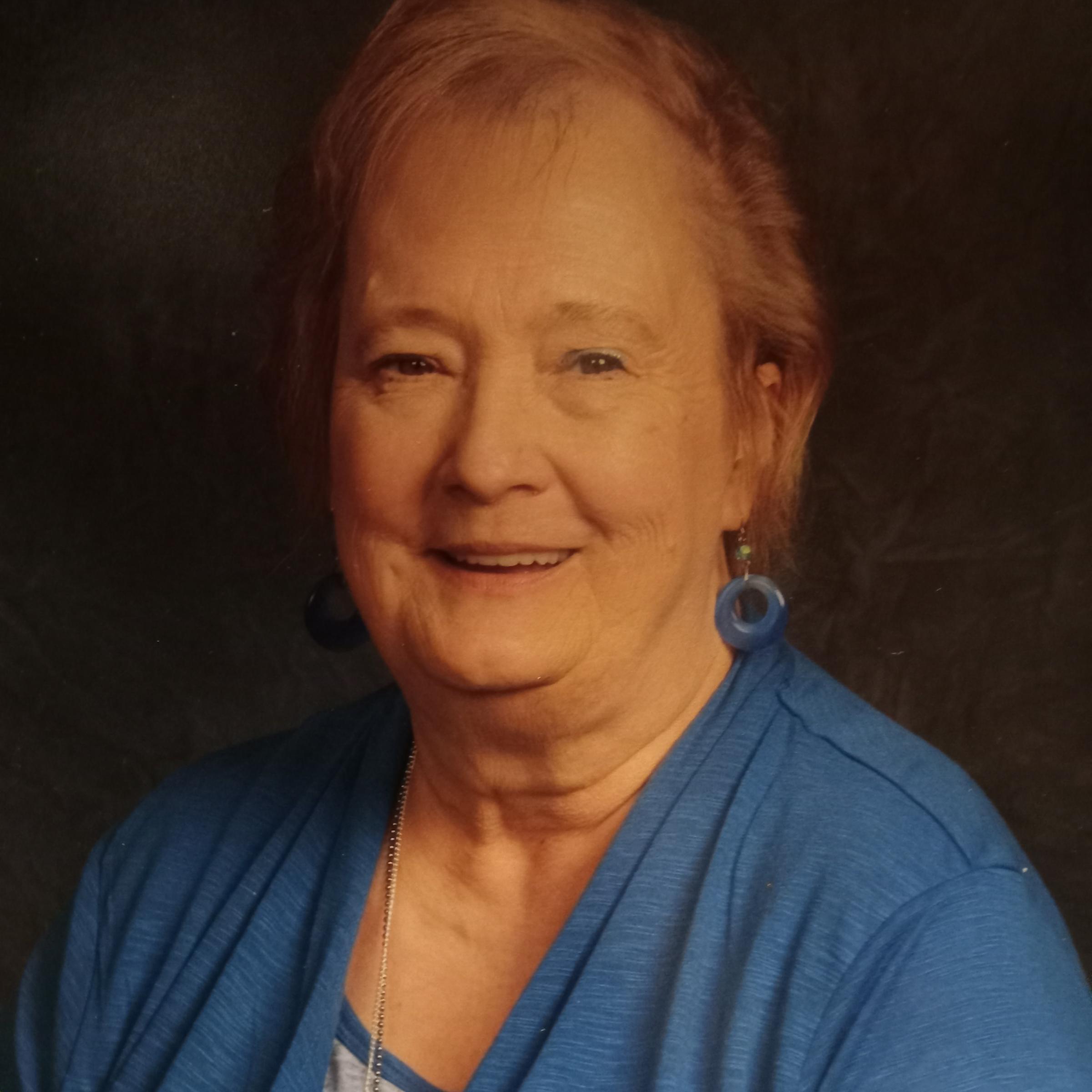Pond scum; now those are some words that can have many different meanings.
I have people describe what is floating on their farm ponds in many different terms. That may be due to the fact that there are many different plant species found in a pond.
When we talk about controlling pond weeds, we need to break them down according to where you find them; things floating on top, ones that are rooted on the bottom and still seen on top of the pond, and others that stay below the surface and those, like cattails, that grow along the edges.
The scum at the top is generally algae. It is also known as phytoplankton. A phytoplankton population that colors the water is called a “bloom.” In quiet water, blooms can produce surface scum as well as green, red, black, or oily streaks. When these algae die off, they can cause fish kills as they use up the oxygen in the decomposition process.
Blooms occur in waters that have abundant nutrients. These nutrients often come from nitrogen and phosphorus fertilizers that reach the water. The best practice for managing blooms of microscopic algae is to prevent these nutrients from entering the water. Many lawn fertilizers have no phosphorus and that is fine as there is generally enough phosphorus in the soil for an established lawn.
Every year we hear about poisonous blue-green algae. It is really not technically an alga but a group of organisms called cyanobacteria. These have the ability to produce toxins, but it gets very complex as they can turn on and off production. Even though cyanobacteria are present that does not mean the toxins are being produced. You cannot tell if a bloom has toxins by looking at it. Even an analysis of the water is only good for a short period of time, because these plants are floating on the surface that is where the toxins can be found. This is why animals drinking from scummy surface waters can be exposed to toxins.
One plant that is often confused for algae is duckweed. These are referred to as free-floating plants. It is good to know the difference because the type of chemical control varies for each plant type. Duckweed can be distinguished by two very small leaves whereas algae is a type of mat where no one plant can be distinguished.
Algae are best controlled by copper products such as copper sulfate and copper chelate. They need to be applied just as the waters are too warm in the spring for best control. During this spring warm-up algae that have dropped to the bottom floats to the top. These products do no good on other pond weeds like duckweed.
There is a wide variety of pond weeds and chemicals that can be used for their control. Some of these chemicals are very expensive and also very good. Identifying the plants, you are dealing with is essential for control. It is important to use the right herbicides as some of the non-active ingredients in these products can be toxic to fish. Just because you can use a product on your lawn or farm does not mean it can be used around ponds.
Purdue has put together a very good publication on pond weeds. If you are interested in this area, give the Purdue Cooperative Extension Service office at the fairgrounds a call at 574-223-3397. We can help you out









